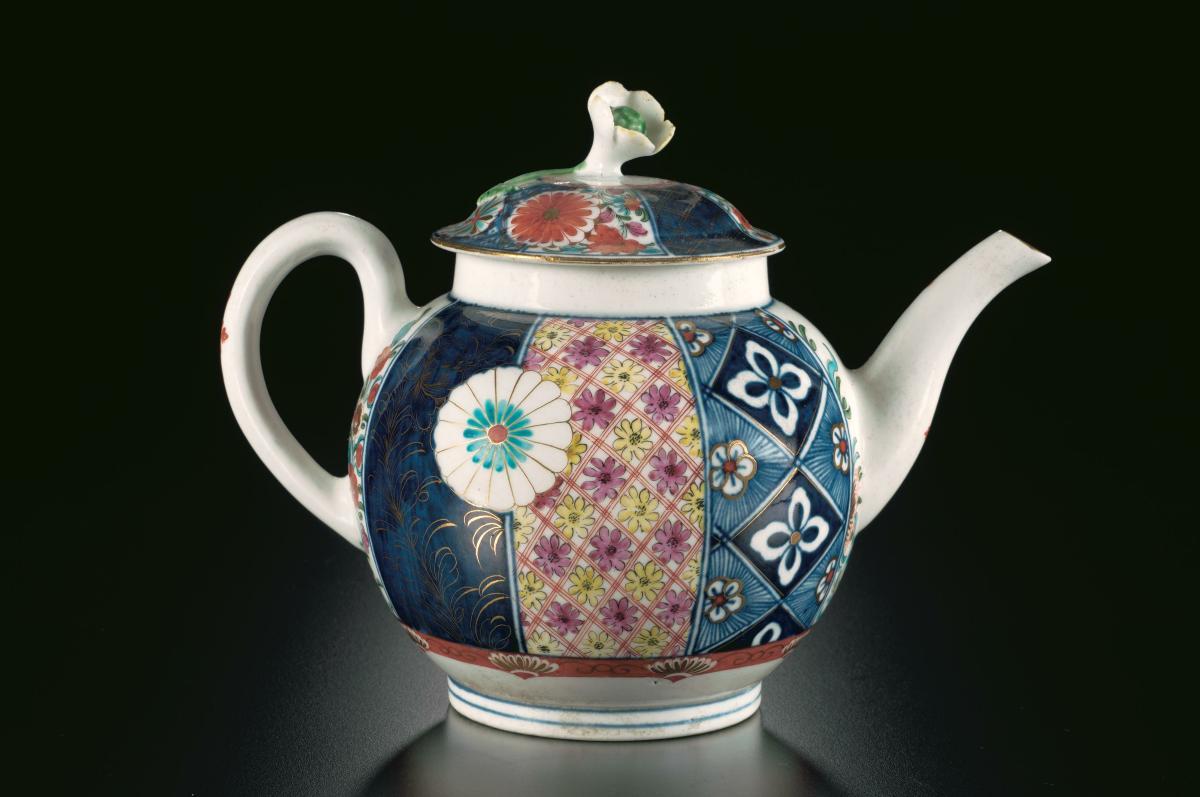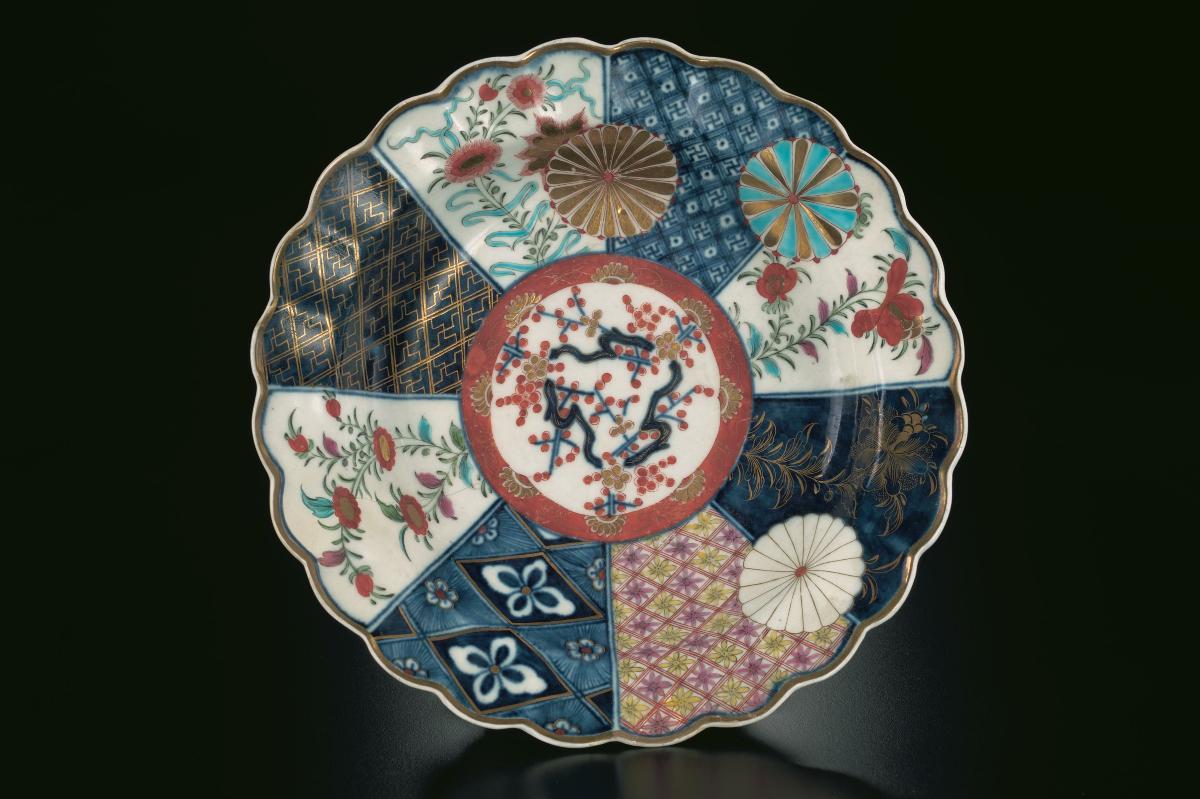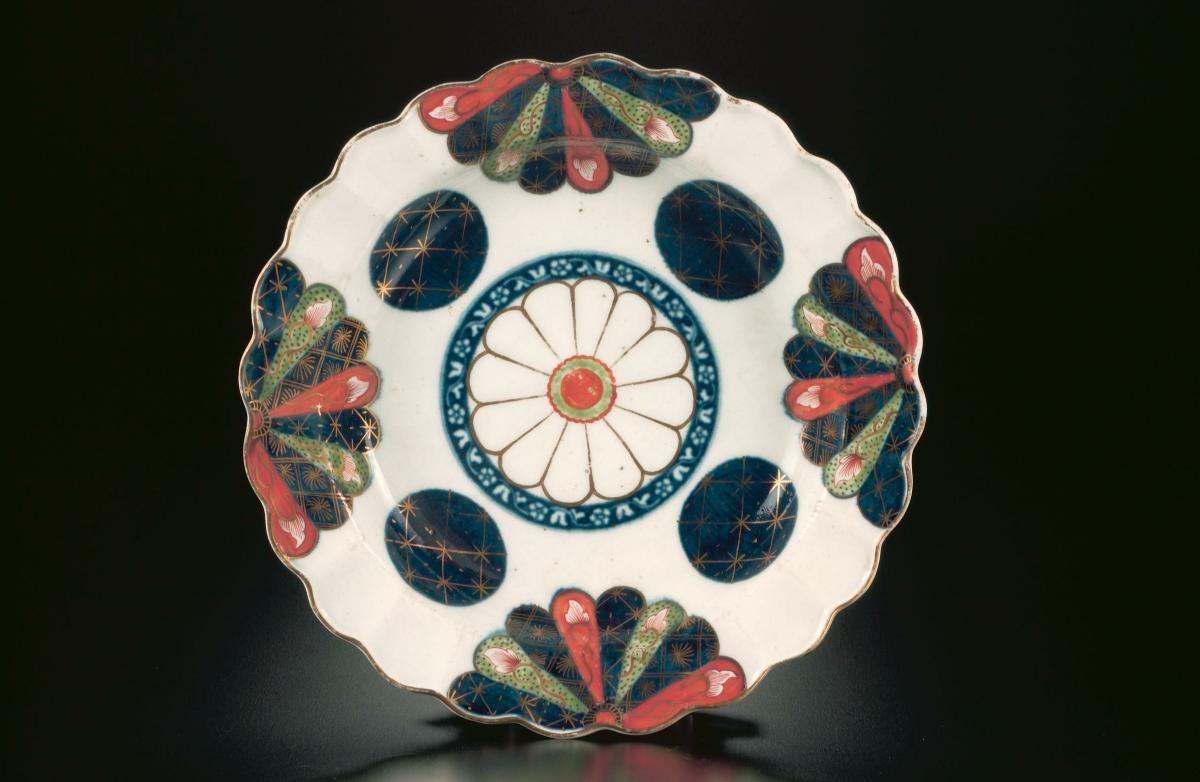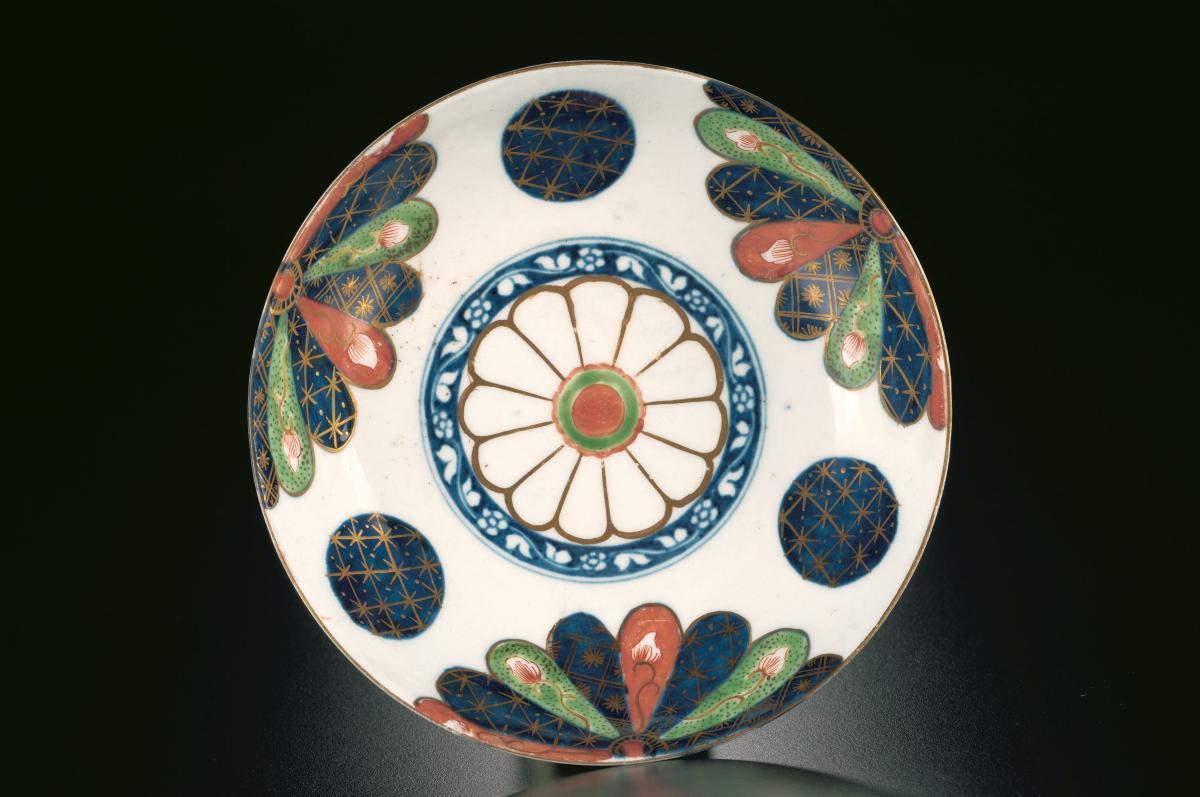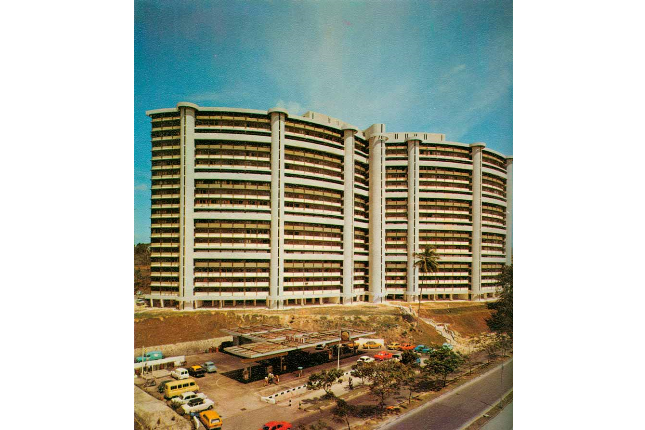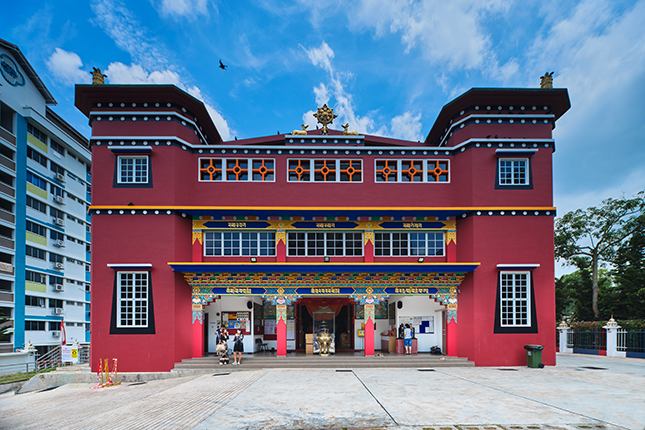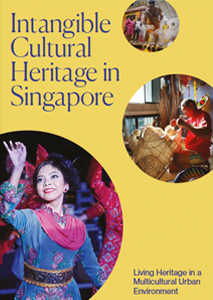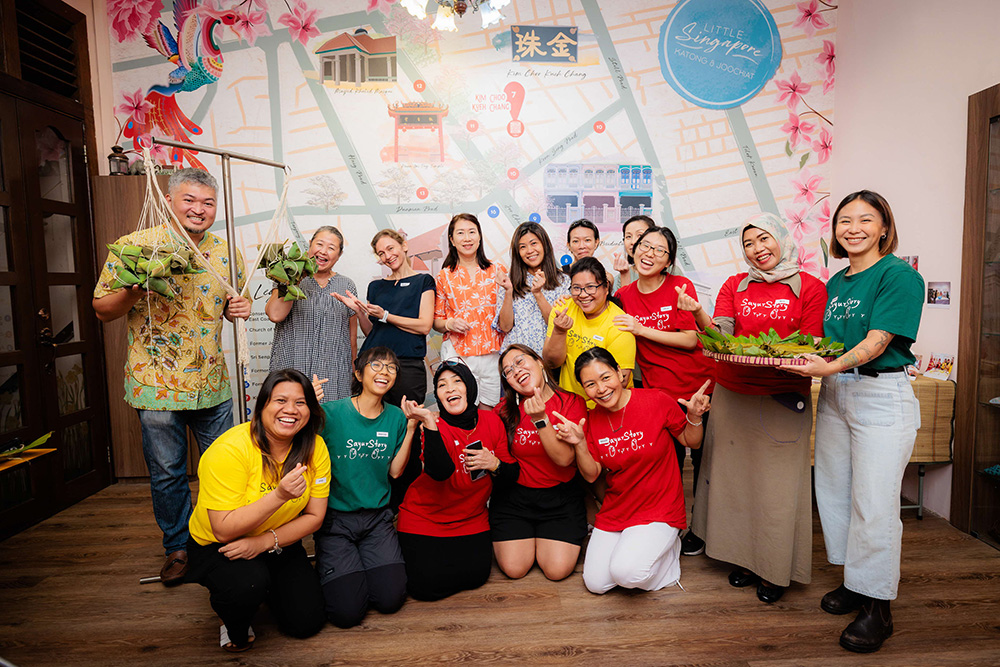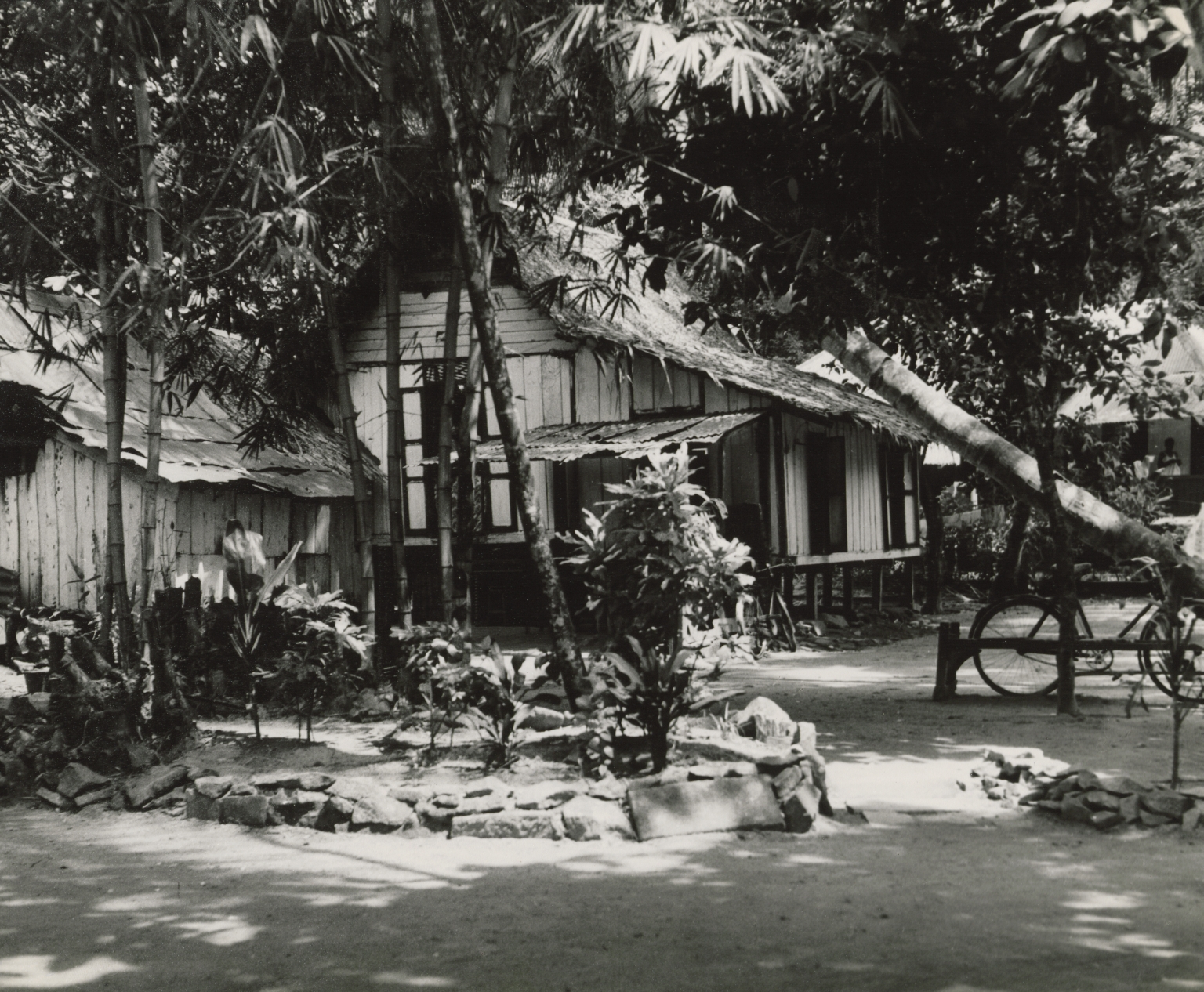This globular teapot with a flower finial on the cover, is of a standard form produced at Worcester. Decorated in the Japanese Imari style, it is richly painted with the 'mosaic' pattern, typified by diaper and gilded floral panels and scattered chrysanthemum medallions. Japanese Imari porcelain had a great impact on European ceramics. Produced in the area of Arita in present-day Saga prefecture on Kyushu Island, Imari derived its name from the port from where it was shipped. Often heavily decorated, the range of enamels used on Imari wares were fairly wide but generally consists of blue, red and gold. Worcester was well known for its durable teawares, which could withstand sudden changes in temperature. This was due to the addition of soaprock (a mineral that feels soapy when rubbed) in its recipe for porcelain manufacture.




